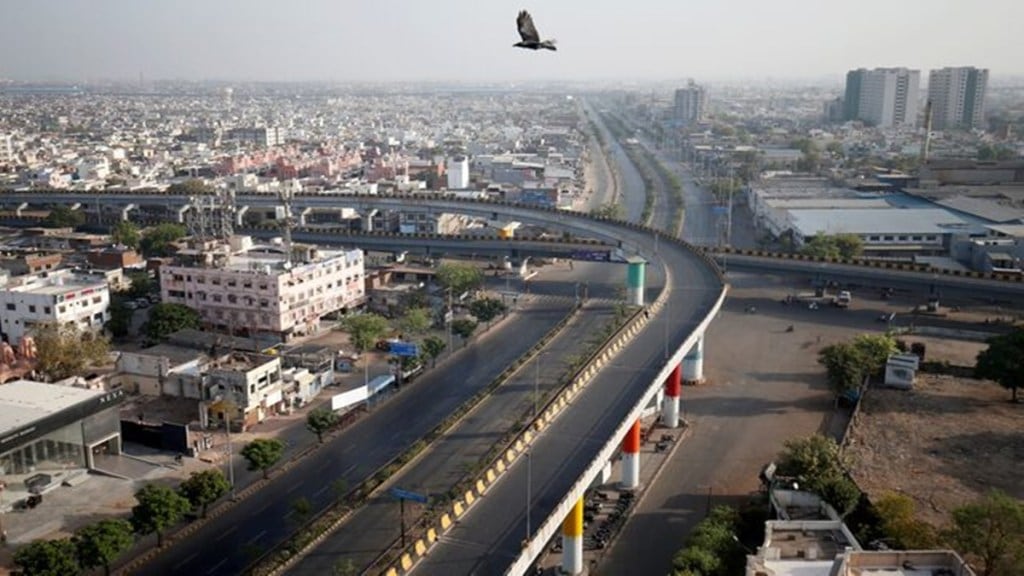Monetisation of highway assets is likely to get into an overdrive under the National Monetisation Pipeline-II project to be implemented between FY26 and FY30. The target for funds to be generated by leasing out operational and other highway networks in the next five years would be set at Rs 3.5 lakh crore, more than double the estimated mop-up in the first phase of NMP (FY21-FY25), a senior official said on Monday.
“Against the target of the ongoing monetisation pipeline (NMP-I) of Rs 1.6 lakh crore, Rs 1.2 lakh crore has already been achieved. During March, the last month of the current financial year, we will mobilise the balance amount and achieve the target,” additional secretary on MoRTH Vinay Kumar said here.
This would help the ministry of road transport and highways to cut the debt burden of the National Highways Authority of India, and still keep a steady pace of highway construction. Monetisation proceeds would be ploughed back to new projects, even while making renewed efforts to encourage private risk capital with tailor-made projects.
In March, eleven highway stretches are to be monetised through National Highways Infrastructure Trust (NHIT) for around Rs 18,000 crore and one round of monetisation through Toll Operate Transfer (ToT) is also expected to go through. In the monetisation process, TOT, Infrastructure Investment Trust and project-based financing have contributed almost equally.
This year the National Highways Authority of India (NHAI) has already raised Rs 8293 crore through monetisation of two bundles of highways of 375 km length.
The NMP-I had target to raise Rs 6 lakh crore via monetsiation of assets in various sectors and the NMP-II, announced in Budget FY26, aims to mobilise Rs 10 lakh crore.
Kumar said that the corpus of roads that are ready for monetisation is going fast and this year another 8,000 km to it. The ideal candidates for monetisation are high speed corridors and highways that have four or more lanes.
Length of four lanes and four-lanes-plus national highways has gone up by more than 2.5 times in the last 10 years to 45,000 to 46,000 km from 18,000 km earlier. The government also has plans to increase the length of high-speed corridors to 50,000 km from 4500 km now.
After the pause on Bharatmala Pariyojana, which had a corridor-based approach to development of highways, the highways ministry has worked out a network based planning document which has been named Vision Document.
“One of the key pillars of the master plan is efficient and equitable logistics,” Kumar said. The planning will ensure that no place is more than 100 km away from an expressway. In the Northeast this limit is 60 km. The plan will increase the length of national highways to 2 lakh km from 1.46 lakh km now. The new addition will be led by 50,000 km of expressways.
“Around 18,000 km of expressways are to be built in the next five or six years and rest will be phased accordingly in the next 5-6 years. Up to 2030-31 the idea is that our high speed corridor length would increase to 25,000 km from 4,500 km. The rest would come in the next five years,” Kumar said.
He said the capital expenditure by the ministry has been maintained at around Rs 3 lakh crore for the last three years and with Rs 35,000 crore expected annually from the private investors in FY26.

